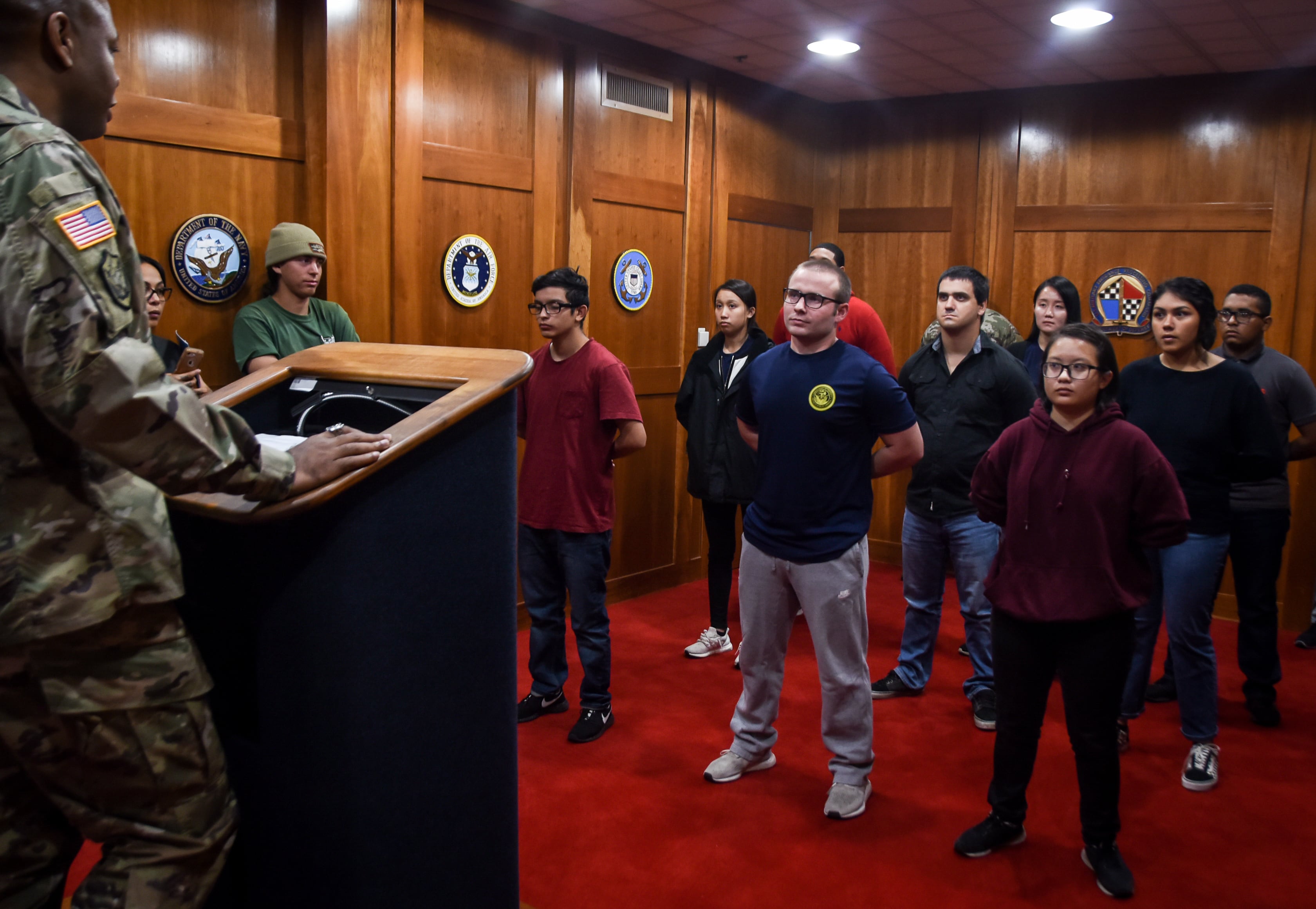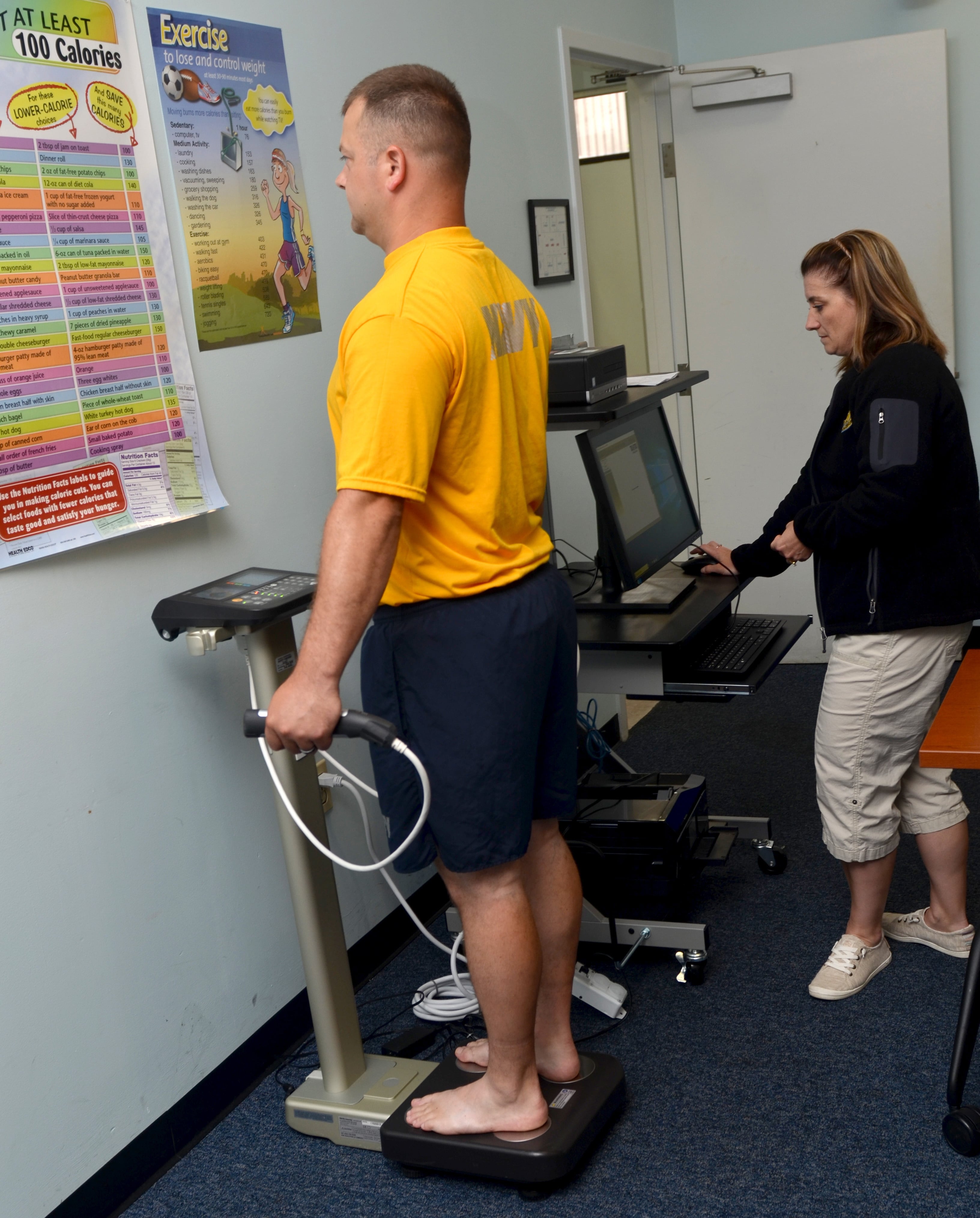The Defense Department spends over $1 billion a year on treatment of obesity-ralted issues, including lost productivity, according to a report by the Congressional Research Service.
Being out of shape also puts troops at a higher risk for injury, costing more money to treat and more time lost, and increases the likelihood they’ll wash out before finishing an enlistment, according to research.
It “could be a topic for legislative consideration,” according to the report, released Dec. 22.
The services have long lamented the narrowing recruit pool of healthy young Americans, as average weights have skyrocketed and regular physical activity has dropped. Even when someone is able to enlist, their weight can be a risk factor for early attrition, costing tens of thousands in recruiting and training.
“… of the recruits who exceeded the weight-for-height standards but subsequently entered the military because they passed the standards later or received a waiver, 80 [percent] left the military before completing their first term of enlistment but after the expenditure of training costs,” according to the report.
RELATED

Congress could offer some support.
“Published recommendations to address U.S. obesity include improved quality of and access to food in schools, programs that address exercise and eating habits of parents and children, school-based intensive physical education classes, social support, and space for physical activity in community settings,” according to the report, in addition to programs like the Department of Defense Fresh Fruit and Vegetable Program, which partners with the Agriculture Department in schools.
Part of the issue may be regional, according to the report, as the services predominantly recruit from the South, which has has the highest proportion of obesity in the U.S., followed by the Midwest.
The services have taken their own crack at the issue, as well, both in their fitness tests and in dining facility offerings.
The Army in 2017 debuted an occupational fitness test, to supplement its basic push-ups/sit-ups/run battery. It tests each recruit to ensure they are fit enough to fulfill the physical demands of their preferred military occupational specialty.
With an eye toward preventing injuries, the service then moved to overhauling its traditional fitness test, creating a gender-neutral standard with events that address five areas of fitness, from strength and muscle endurance to agility and cardiovascular function.
It’s uncertain whether the test will be implemented as is, however. In 2020, lawmakers stepped in after reports showed that the gender-neutral standards were disproportionately negatively affecting women.
Meghann Myers is the Pentagon bureau chief at Military Times. She covers operations, policy, personnel, leadership and other issues affecting service members.




